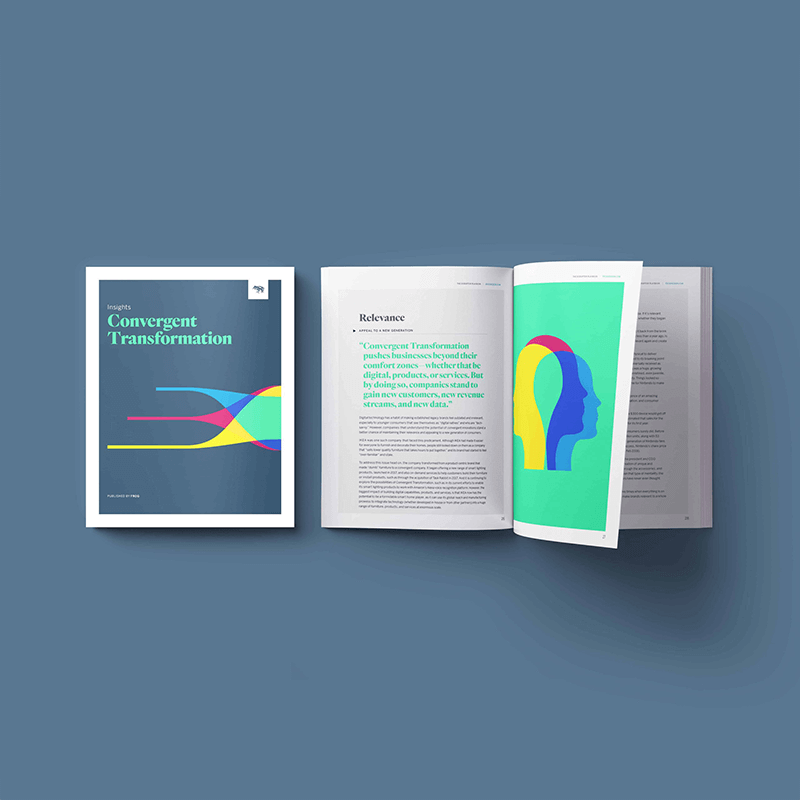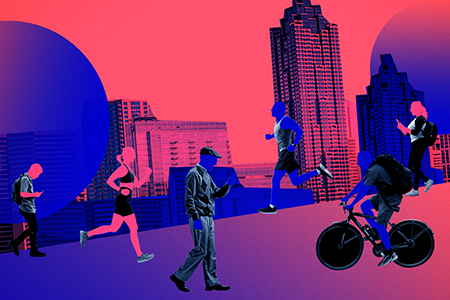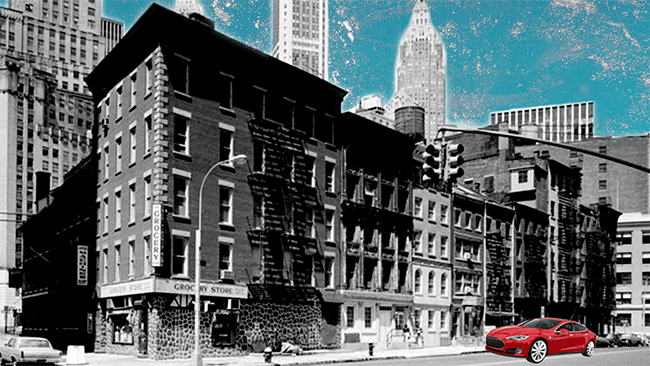
Real Transformation and Disruption Takes Convergent Design
Designing products used to be fairly straightforward: create a quality product, create a quality experience. Now, design requires the consideration of a far more complicated customer journey. It means not only designing better products, but imagining new, exceptional services around these products, then bringing it all together seamlessly, meaningfully across a series of digital and real world touchpoints–in a world that is more competitive and crowded than ever.
It’s not easy. But that’s where convergent design comes in.
Convergent design weaves together three historically siloed domains–product, service and digital–to create the next generation of experiences, ecosystems and organizations. It’s a holistic, customer-centric approach that removes the traditional barriers to innovation and unifies teams around a common goal: exceptional customer experiences.
As leader of frog’s Convergent Design discipline, I know there are many scenarios in which a leader of an organization might come to us. Perhaps they are leading a department within a large enterprise, and are looking to create a new, custom solution that reduces friction between offerings in their current portfolio. Maybe they are the founder of a startup, looking to design a next-level solution to disrupt the status quo. No matter the application, convergent design is key for helping leaders break through old modes of thinking about individual offerings in order to embrace the kind of creative, comprehensive, truly convergent thinking that builds customer loyalty and drives growth.
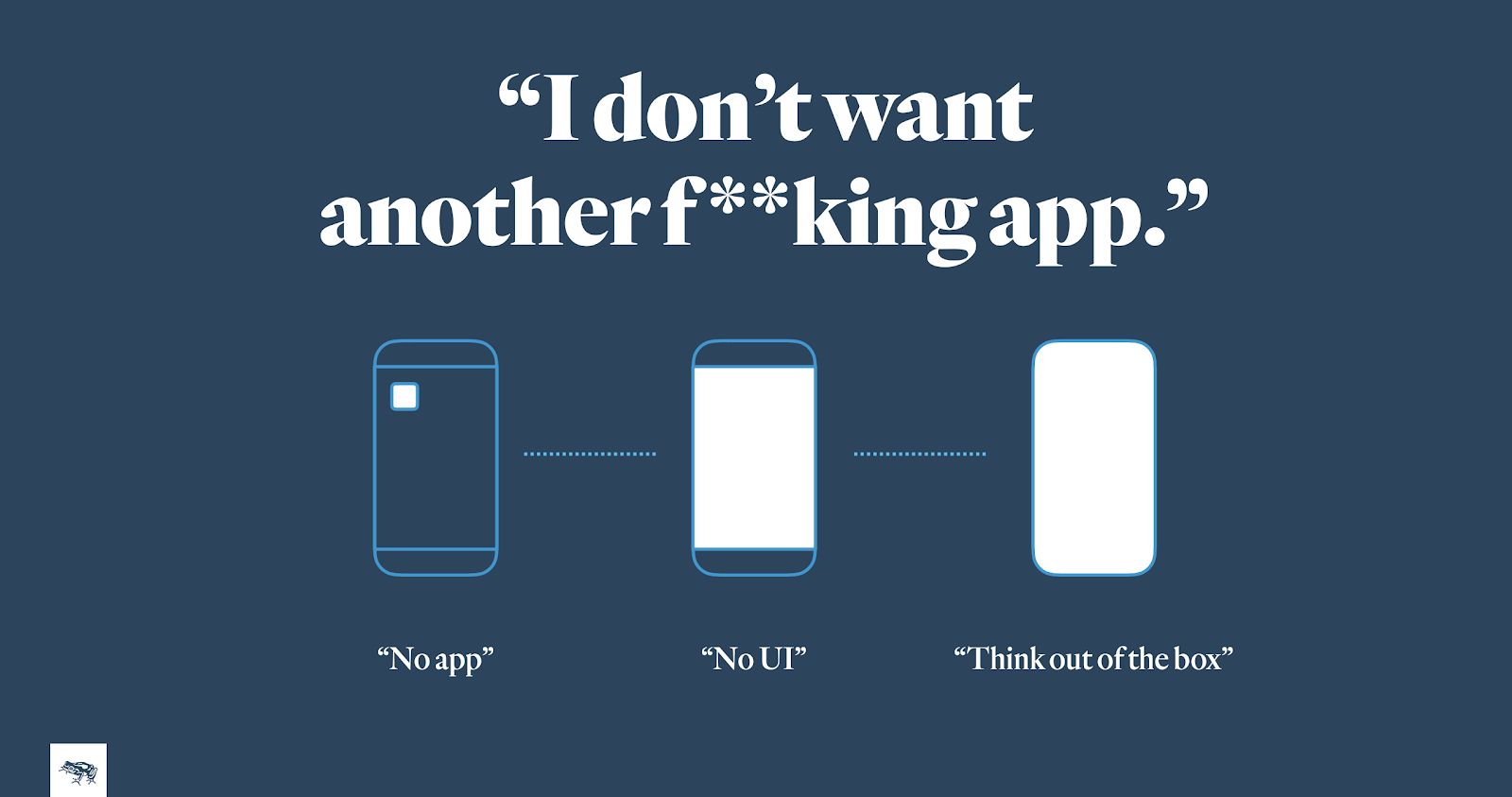
Often, companies struggle from silo syndrome: the inability to unify initiatives across departments. This leads to a disconnected experience for the customer, who can’t help but see the limits of any one product or service by its ability to integrate well with another offering from the same company. Teams need to work together to deliver exceptional customer experiences, regardless of which department is leading the charge.
And businesses that embrace a convergent approach have distinct competitive advantage when it comes to attracting and keeping new customers. For example, while Spotify has built a premium digital portfolio, they lack the hardware capabilities of a company like Apple, who stands in direct competition to Spotify with their offering of Apple Music. This is not to say that all software companies need to become hardware companies. But to innovate, companies need to have a deep understanding of where and how customers are interacting with their software, as well as how their services play out across new touchpoints (e.g., smart speakers and TVs) in order to stay ahead.
Smartphones, screens, apps and social media defined the digital era, but now they limit our ability to innovate for the future. For so many of us who watched our entire lives shift online amid the COVID-19 pandemic, being solely reliant on digital channels has only heightened the need for seamless integration between all of our interactions, digital or otherwise. Many customers are tired of interacting through strictly digital parameters, especially when these parameters do not fit well into their real-world lives. Instead of stifling experiences, business leaders need to expand their attention from isolated digital initiatives to simultaneously considering broader offline contexts. This requires a convergent approach.
The days of disparate, single-use apps or disconnected hardware are behind us. The time is now to use convergent design as a lens to look across online and offline touchpoints. What entirely new solution can improve the customer experience or fill a critical gap? For each offering, what are its distinct interactions? How can you ensure smooth transitions between various touchpoints?
We all saw the merger of hardware and software in previous decades, and how companies navigated this shift. Microsoft, for instance, has chosen to use their hardware portfolio as a testing ground for the software they develop. Being able to own devices for their software allows them to design ideal experiences for their customers, rather than being at the mercy of other hardware manufacturers to deliver on their software vision.
Today, to get the most value from disruptive, cutting-edge technologies like artificial intelligence and the Internet of Things, companies must engage in and build convergent design capabilities. Applications for technologies like these advance much too exponentially to be contained within conventional restraints. Consumers once accessed Google’s search capabilities through a single website. Today, Google leverages machine learning and voice recognition via digital and physical products and services to reach more people in more ways, across all aspects of their lives and in almost any location. Like Microsoft, Google is betting big on hardware, making devices with the intent to deliver exemplar digital services.
Looking forward, the need for convergent thinking goes far beyond any one device or digital touchpoint. Convergent design will be necessary for competing at the scale of entire spaces, from the new interactions emerging within cars to the new, experimental world of connected shopping malls and factories. Already, companies like Alibaba are innovating with new tech in physical environments, creating connected spaces that leverage the power of digital inventory with the instant gratification of in-person delivery.
Now is the time to build convergent capabilities within your organization. This will serve to remove ‘customer experience blindspots’ and allow for the holistic thinking that frees companies to pursue new opportunities, and to shift and adapt to change as needed.
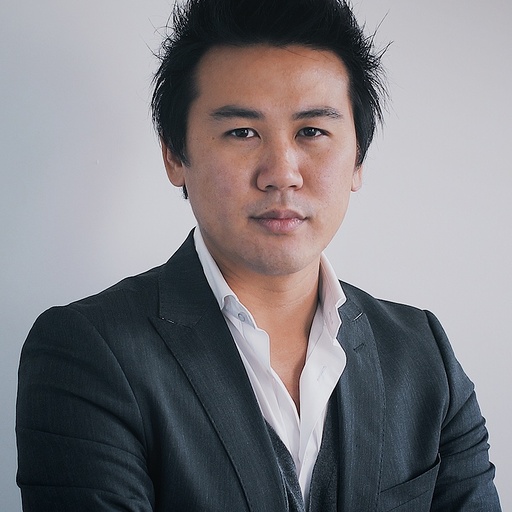
Ian leads Convergent Design at frog, a philosophy and practice that integrates products, services and digital in new ways to create transformative solutions and experiences for companies looking to compete in a future of AI, IoT, and big data.
With 17 years of experience working with clients across product, service and digital industries, Ian recognized early on the limitations of digital companies’ “screens and apps” paradigm. He has helped companies to evolve beyond their core businesses, delivering nearly 100 transformative projects that integrate capabilities and offerings across products, services and digital.
Ian joined frog in 2011 to set up its product innovation practice in Shanghai before moving to London in 2014 to co-found frog’s London studio. He spends his time working across frog studios in the UK, Europe and China.
We respect your privacy
We use Cookies to improve your experience on our website. They help us to improve site performance, present you relevant advertising and enable you to share content in social media. You may accept all Cookies, or choose to manage them individually. You can change your settings at any time by clicking Cookie Settings available in the footer of every page. For more information related to the Cookies, please visit our Cookie Policy.
